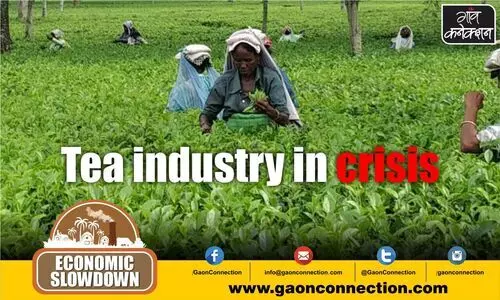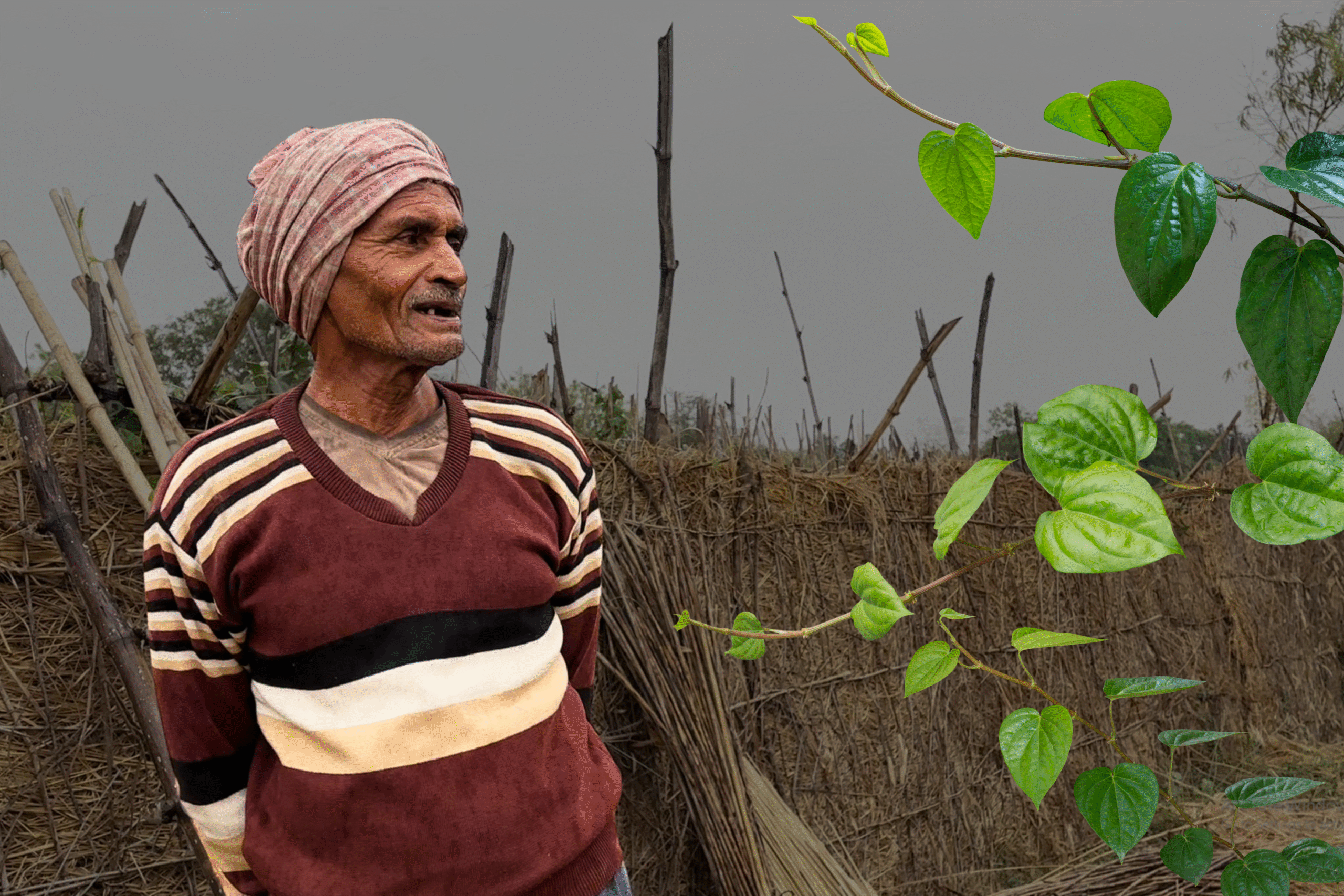After textiles, Fast-Moving Consumer Goods (FMCG) and automobiles sectors, India’s tea industry is likely to stir big news of recession. The decreasing demand and rising costs have led to a huge job crisis and nearly 30 lakh people associated directly and indirectly with the tea industry may lose their jobs.
Due to the mismatch between the rising production costs and stagnant prices, the tea industry is facing sustainability challenges which have led to shrunk margins over the past few years. According to the Indian Tea Association, in 2013-14, the average selling price of tea was above Rs 150 per kg, against the production cost, which was a little less than Rs 150 per kg. However, in 2018-19, the production cost shot up to Rs 200 per kg, while the selling price remained Rs 160 per kg. It led to the tea industry facing huge losses.
Due to this, the tea producers are suffering huge economic losses. Tea producers say that they are in no condition to provide a bonus to their laborer for durgapuja this year. “Every year, we used to give a 20% bonus to our workers. But our situation this year is deplorable. For that reason, we cannot give any bonus. Tea prices have not increased over the past few years. It is difficult for us to imagine profits in such a scenario,” said Vidyanand Barkakati, advisor of North East Tea Association Assam.
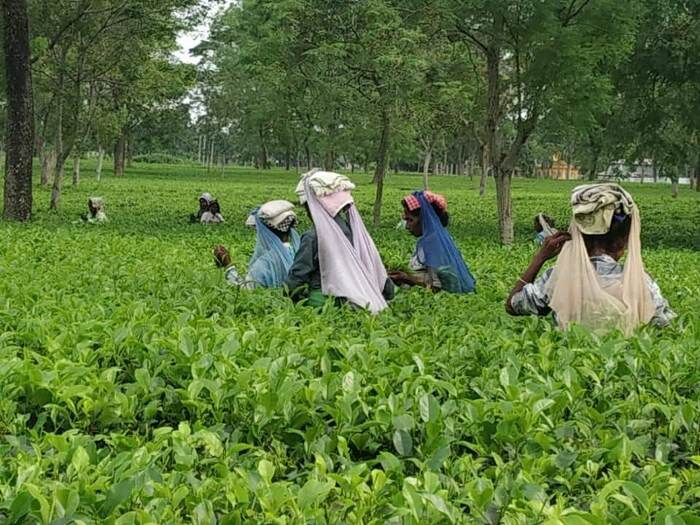
Bijoy Gopal Chakraborty, president of Indian small tea growers’ association, explained the science behind the cost of production and profits pertaining to the largest tea producing state, Assam. “In 2013-14, on average, the cost of one kg tea was Rs 153.70. In 2015, it became Rs 153.76 per kg. Then in 2017 and 2018, it reached Rs 152.75 and Rs 156.43 respectively,” Chakraborty told Gaon Connection over the phone.
He added, “In the past five years, tea prices per kg have increased by 0.44% while there has been a significant increase of 6-7% in coal and gas. However, the cost of production has been on a rise.”
Of the 29 Indian states, 16 are tea-producing. According to the tea board, out of all tea gardens in India, which is the second-largest tea producer in the world, 18% are in the doldrums.
Chakraborty said the big companies are the big players that are not letting the tea industry grow. They cutback tea prices, but at the time they buy it and sell it at higher prices later, and earn huge sum.
At present, small and marginal tea producers, which contribute 50% in the country’s tea production, are in the doldrums. “As such, the government should provide us with immediate relief package and help us in getting out of this situation,” added Chakraborty.
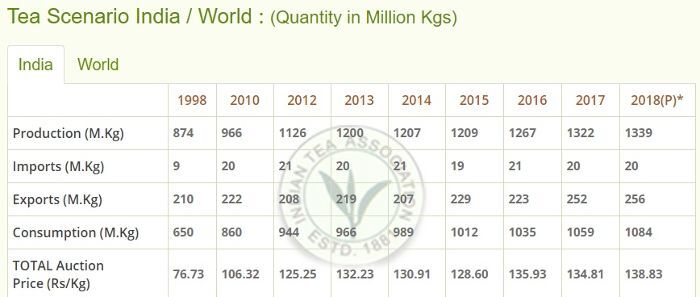
Export statistics against total tea production, a major concern
The livelihood of over 1 million people, directly and indirectly, employed in this sector, is likely to get threatened. According to the Indian Tea Board, Assam, West Bengal, Tamil Nadu, and Kerala form 95% of the country’s tea production. With 701 million Kgs annual produce, Assam is India’s top tea producing states followed by West Bengal, with 344 million Kg produce.
In 2017, China produced 2,609 million kgs tea and its contribution to the world’s total export was 20%. However, India, which produced 1,322 million kgs tea, contributed 14% in the world’s total export.
But if we explore export statistics against total tea production, then we will get the complete picture.
In 1998, India produced 874 million kgs tea, of which 210 million kgs were exported. In 2017, only 252 million kgs of total 1,322 tea produce was exported. 2018 was the same. Of 1,339 million kgs of tea produce, only 256 million kgs was exported.
In 2016, annual tea produced in the country was 1,267 million kgs while in 2017, there was only an increase of 55 million kgs. However, there was no increase in demand and the price comparatively.
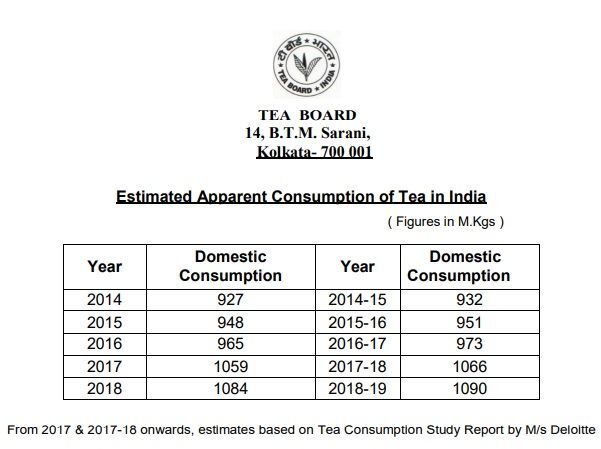
Vidyanand Barkakati felt that production is the vital reason behind our downfall. Even though the production has increased from 979 million kgs in 2009 to 1,339 million kgs in 2018, the average consumption per person has remained 786 grams over the years, which is very low.
In 2016, the cost of one kg tea was Rs 134.26 which reduced by Rs 1.15 in 2017. Conversely, Sri Lanka and Kenya noticed an increase of Rs 151 per kg and Rs 52 per kg, respectively.
Deputy director of the Indian Tea Board, Dr Rishikesh Rai, said the quality is the major problem behind the sector’s downfall. He said, “Of all tea producers in the country, 47% are the small tea producers, which own less than 3-hectare tea gardens. There’s a lack of awareness in these small producers. They sell tea leaves at low prices to local companies, who don’t bother about quality. Most of our exporting countries don’t entertain the use of insecticides in the tea. They have also fixed the Minimum Residue limit (the maximum amount of pesticide residue that is expected to remain on food products that will not be a concern to human health), which is not being followed in our country.
He added, “The FSSAI has also launched guidelines in a bid to improve quality. But small tea producers don’t bother about these. Besides that, deficit fair price is another big problem. Plus, tea plants are too old to reuse now. It needs to be replaced. However, under a scheme, the tea board is also working on it.”
Indian tea association has issued a public appeal
The Indian tea association (ITA) has issued a public appeal seeking the government’s help. The appeal noted that the government intervention for the revival of tea sector is an urgent necessity.
In an advertisement published in the newspapers, The Indian Tea Association urged the government to take over the Provident fund (PF) contributions for workers for three years. ITA also sought a ban on the expansion of tea areas, to contain oversupply for five years.
Besides that, ITA also urged the government to provide substantial fund for generic promotion of tea in the country and to fix a minimum reserve price for tea in tea auction based on the cost of production. The ITA also urged the government to provide immediate relief as jobs of the million-plus workforce is at stake.
A graph pertaining to the difference between average production and average selling price of tea from 2013-14 and 2018-19 was also attached in the appeal.
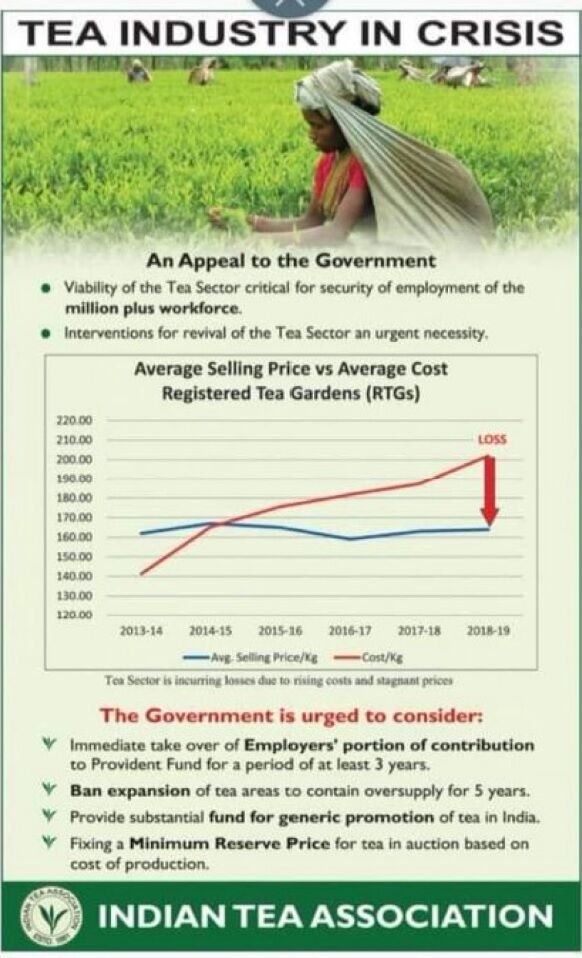
Also Read in Hindi: धंधा मंदा: चाय उद्योग से जुड़े 10 लाख लोगों के रोजगार पर संकट, वजह भी हैरान करने वाली
Also Read: Poultry industry in trouble due to the rise in the price of chicken feed
Also Read: Auto sector hits a wall, drives the entire economy down

